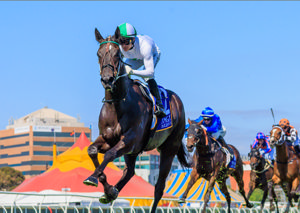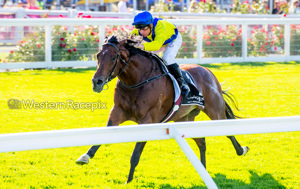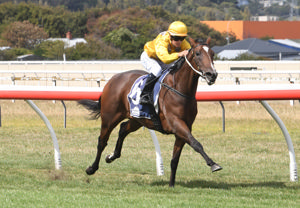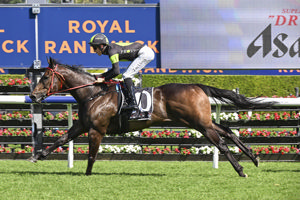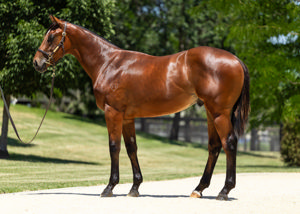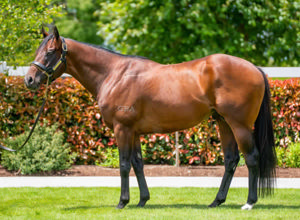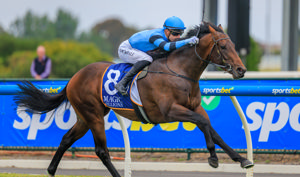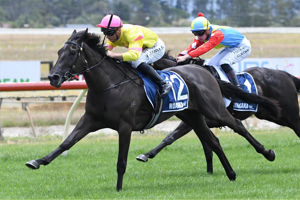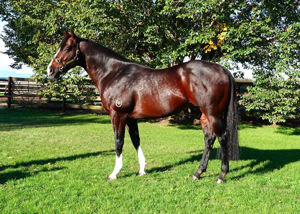New Zealand’s largest training centre the Cambridge Jockey Club is closed.
With up to 1000 thoroughbreds trained on the premises at peak times, it is the largest centre in Australasia but the committee has adhered to updated industry protocols and reacted swiftly to cease training.
“The Cambridge track is officially closed,” Cambridge Jockey Club chief executive Mark Fraser-Campin said.
“There were some key rules that came through on Thursday from the New Zealand Thoroughbred Racing Directive that impacted on even the limited training options.”
The rules referred to in the NZTR directive said: Light ridden exercise of a horse is permitted only when; the trainer is unable to identify an agistment property that has capability to accept the horse within a 1-hour drive; the horse is boxed, due to there being no suitable yards or paddocks on the trainer’s facility; and the stable lacks a horse walker or treadmill.
“When those protocols came out we read them and we believed as a Club the right thing to do was not stay open and as such we called a Committee Meeting and closed the tracks,” Fraser-Campin said.
“Everyone in New Zealand is trying to do the right thing and I think we will get through the virus outbreak more swiftly than some other nations.”
The Cambridge Jockey Club had also been in the process of installing New Zealand's first synthetic training, trials and race track.
The main Cambridge grass trial track has been dug up and over 10,000 square metres of the Polytrack surface was set to be laid in the coming months, with the pre Covid-19 completion expected to be the end of July.
“It was ahead of schedule but obviously, it won’t be now,” Fraser-Campin said.
“The contractors will work once we go back to Alert Level 3, so it is suspended during the lockdown just like everything else.
“With any luck, we can make up a bit of time. There is the civil side and then there is the mixing and laying side.
“It will take about four weeks to lay it once it is mixed.”
The surface was not planned to be a racing surface until the middle of next year, but depending on the look of the industry when racing returns, there might be a need to expedite the track to be racing ready, with cost-cutting and regionalised racing a likely option.
“Originally we didn’t have it planned to be a racing surface until May 2021,” Fraser-Campin said.
“Priority one pre Covid-19 was to get the training track in, so we could work on it, trial on it and have jump outs on it and then we have plenty of time until May next year.” – NZ Racing Desk


